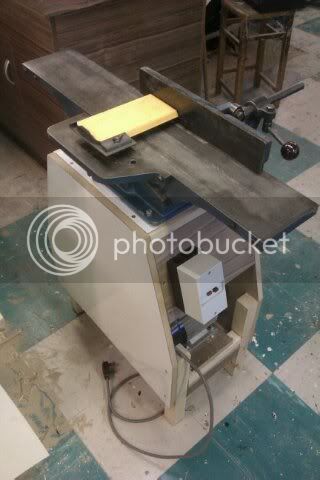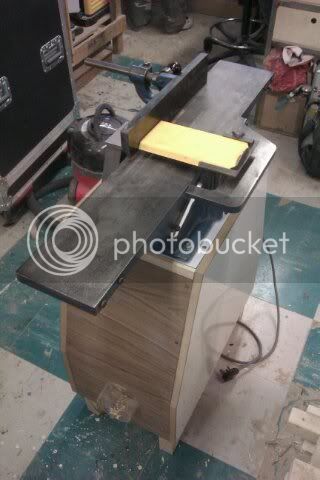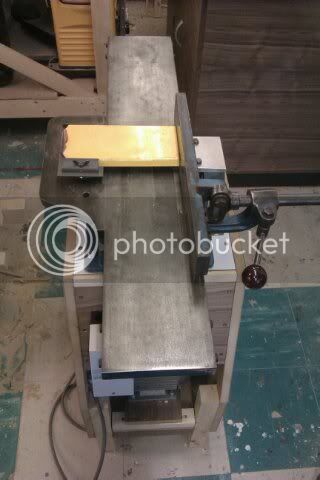Lowlife
Established Member
No I've determined that they definitely don't belong to this machine, there's nowhere they could fit and no function they could perform! I did find all the parts for the guard though so I didn't have to make one, it's very simple but effective.
BTW the extensions on the Coronet are very similar to mine.
BTW the extensions on the Coronet are very similar to mine.




































